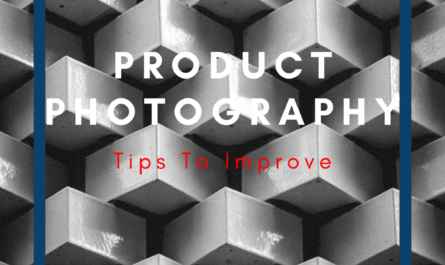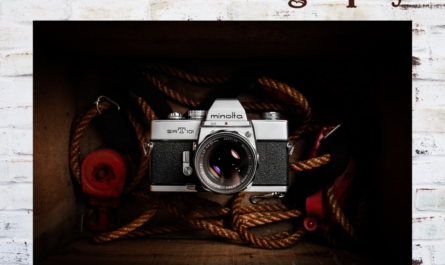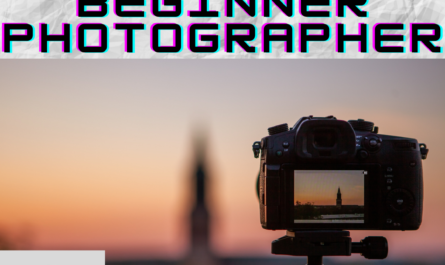Street Photography is one of the most popular types of photography out there. From the latest Instagram bangers to the highest-end art galleries, you have probably seen street photographs in a variety of places. Contrary to popular belief, street photography isn’t as hard as most people think it is, and it’s probably one of the most rewarding forms of the art. Now that you know you want to get into street photography, lets discuss some of the ways to take your street photography to a whole new level.
Tip 1: Always Be Ready
You never know when the perfect photo opportunity might arise, and always being ready to snap that bucket shot is one of the most important things a street photographer can do. Street Photographers tend to take photos of environments filled with movement, and always being on high alert will let you capture the situation before the subjects of your composition are gone. Many street photographers will wrap their camera strap around their hand and are always ready to raise their camera to their eyes to take a quick snap at moments notice. This tip is mostly about being ready to take the picture once you have realized that the perfect opportunity has arisen.
Tip 2: Be on the Lookout
This tip ties perfectly to the first, always being ready to take photos at moments notice only works when you are actually able to evaluate your surroundings and notice that perfect photo opportunity. Street photography requires more focus than one might think, and I recommend street photographers to eliminate all distractions (which includes bring a friend), and try to dial in on their surroundings. Being a good observer is the most important quality a street photographer can have, and being able to tell when the perfect photo opportunity arises is a skill that comes will a lot of practice and focus.
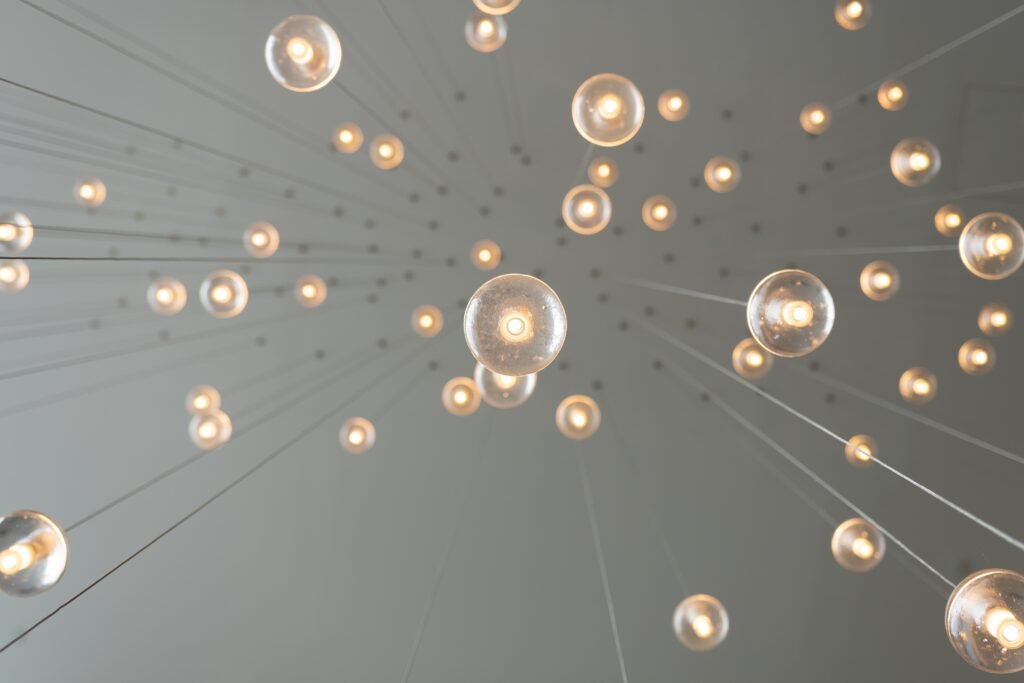
Tip 3: You Can’t Always Succeed
Beginner photographers tend to lose their motivation as fast as they get it. At the end of an hour or two of shooting, its perfectly normal to have taken no photos that you like. Street Photography is overly dependent on your surroundings, and always blaming yourself won’t help you grow as a photography. That doesn’t mean I always want you to make excused, and never own up for your mistakes. Self-criticism is a powerful tool for learning how to shoot, but remember to take it slow, and use your losses as learning experiences.
Tip 4: You Don’t Need to Shoot Manual
The biggest mistake that most photographers make once they get the hang of shooting manual on their cameras is that they can never do without it. I’ll be honest here, shooting with manual is excellent, and I personally love being able to tweak every single little detail and try to make it look as good as possible right out of the camera. However, while shooting on the street, where you don’t really have control of what’s in the frame (i.e., the subject), spending unnecessary time can be fatal. That’s why many street photographers shoot at aperture priority, allowing them to control the depth of field and bokeh, but leaving everything else to the camera to figure out. You don’t even have to shoot Aperture priority though, shooting auto, yes auto, is perfectly fine.
Tip 5: Stick to Prime Lenses
Prime lenses lack one and only one thing that zoom lenses have, the capability to zoom. However, a big bulky zoom lens isn’t the most ideal instrument to use when on a crowded street, and it can attract unwanted attention. Also, always remember, that using your feet is almost always the better option when it comes to street photography, because it allows you to capture the subject in a more intimate way. Prime lenses have other benefits too, they are masters of low light, they will take better images out of the box because they have no lens compression, and of course they allow for brilliant levels of bokeh, allowing you to isolate your subject in a way zoom lenses can’t. If you want to learn more about prime lenses, or lenses in general check this out!

Tip 6: Shoot Less
I remember when I was a beginner photographer, the moment I had a camera in my hands, I was taking photo after photo. Now, as we all know, we want to take a lot of pictures to get in as much practice as we can. However, sometimes, shooting less and visualizing more is a lot more important. Knowing what we want, figuring out how to get that, visualizing how it will look in our minds, and then finally taking the shot is a process that will get you superb photos, and won’t fill your memory card up too fast either.
Tip 7: It’s okay to crop
Cropping is one of those things that is extremely controversial in the photography world. And while with some types of photography cropping might not be as important, cropping definitely plays a role in street photography. It doesn’t matter if your photo loses a little bit of its sharpness at the end, or if the quality isn’t as good, because cropping can sometimes enhance your compositions to a great extent. Now, I’m not saying that you should always crop, but when you think that a little cropping might be beneficial, don’t shy away from it.
Tip 8: Composition is Everything
Composition is probably the single most important thing that will influence your street photography. The ability to create crazy compositions is what separates different levels of photographers, and the best way to improve in any type of photography is to work on your composition techniques. Trying to recreate compositions from images or using them as inspiration is a great way to level up your composition game. There are also many ‘rules’ and tips that photographers tend to use while composing their shots, check them out here!
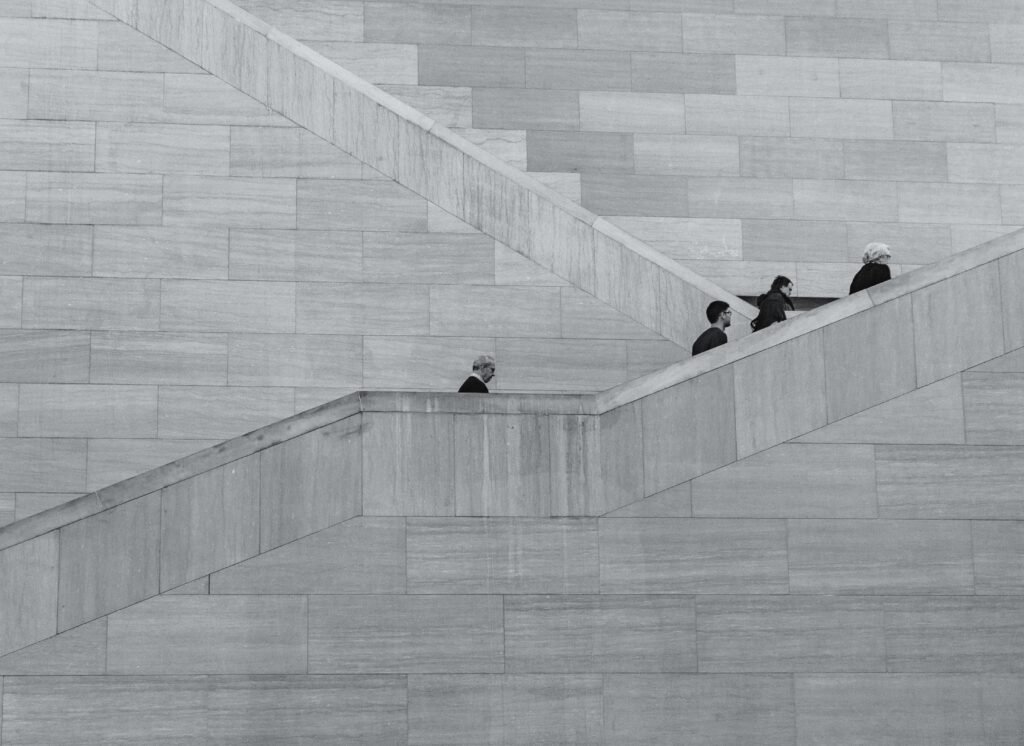
Tip 9: Using Light to add Dimension
Light is one of those things that you sometimes just can’t control. However, even while shooting in environments that you have no control over, using certain camera angles or specific compositions will allow for better results with little effort. Many times, photographers don’t achieve true dimension in their street photography, i.e., the image they produce don’t pop out enough. Click here to learn more about adding depth and dimension to your shots.
Conclusion
The tips provided above will hopefully allow you to level up your photography game. Street photography is a popular and rewarding form of art that requires focus and practice. To take your street photography to the next level, always be ready and on the lookout for photo opportunities. Remember, not every shot will succeed, but use your losses as learning experiences. You don’t always need to shoot manual and can stick to aperture priority or auto mode. Using prime lenses and shooting less can help you create better images. While cropping is controversial, it can enhance your compositions. Finally, composition is everything, and using light to add dimension can take your photos to the next level. By following these tips, you can improve your street photography and capture amazing moments.


